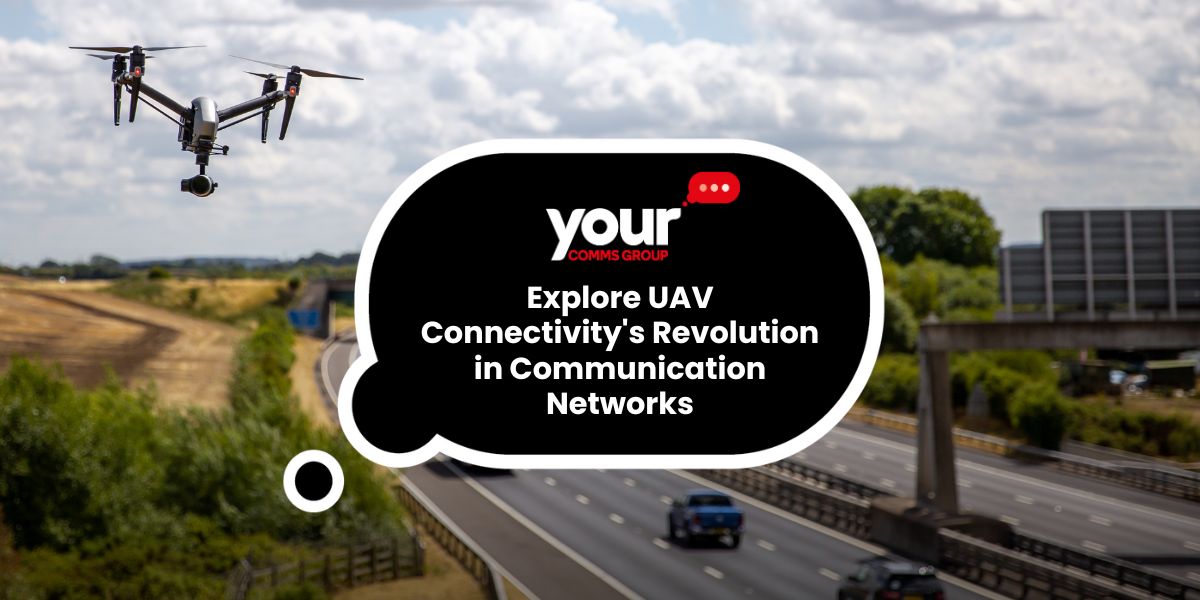What is M2M Communication in IoT?
What is M2M communication in IoT? - The Internet of Things is one of the most topical buzzwords in modern technology, with the term 'M2M...

How IoT devices communicate has transformed the world of technology, business and even our day-to-day lives.
On a smaller scale, the Internet of Things makes life a lot easier for the general consumer, with efficient smart home security systems making it easier to keep out any intruders, and advanced smart speakers, such as the Amazon Alexa, allowing buyers to play music, check the time and even control light settings with just a simple voice command. Similarly, IoT has helped the production industry operate more efficiently, with the introduction of IIoT (Industrial Internet of Things), that involves large manufacturing machines, robots and other devices gathering data and producing a lot of the products we enjoy today with a minimal need for human input.
The most important term used in association with IoT Business Solutions is connectivity. It is this seamless and smooth connectivity that allows IoT devices to communicate, gather and share data, creating a complex and technologically advanced network of objects.
But how exactly do these fascinating and versatile IoT devices communicate with each other? Let's take a closer look.
The short, and likely unsatisfactory, answer is that IoT devices can communicate in a vast range of different ways, using a variety of protocols to transfer data from the physical device through the chosen network. However, whilst the methods of communication vary, most IoT systems follow the same basic architecture.
From start to finish, the protocol begins with the IoT device itself, be that a smart watch or an industrial machine. Next is the local communications, or how the device communicates with its fellow devices, and the application protocol that decides how the data will be moved to the next stage. Gateways provide a link between the IoT device and the internet, transmitting the information, network servers are usually located within the cloud and manage how exactly the data is transmitted, and cloud applications transform the IoT data into something useable by humans. Finally, the user interface allows us to view the IoT information, make any changes and send it back along the line to the device itself.
-1.png?width=800&name=Untitled%20design%20(18)-1.png)
Wireless IoT devices are easily more common than wired devices, mainly due to the cost of infrastructure and the need for portability. Regardless of whether your devices connect wirelessly or through the use of cables, certain elements of the communication process remain the same at (almost) all times. Some of these include a needed component for communication, such as Ethernet or a form of radio, precise sensors to detect changes in the IoT device's physical environment and actuators to cause necessary changes - for example, the turning on and off of a light. These connect to microprocessors, the powerhouse behind the IoT device's performance.
If you're using a wired IoT connection, then communication will usually occur via the Ethernet or another similar networking system. This will quickly and reliably transmit IP connections to a cloud-based application or network server. In contrast, IoT devices communicate wirelessly over radio signal in most instances, with some examples of protocols including Wi-Fi, Bluetooth, and 5G.
If your device can't directly manage an IP, the gateway steps in to send messages back and forth across the internet. For example, devices that are wearable and mobile, such as smartwatches, would use a mobile phone as their internet gateway.
The cloud and user interface are the final steps in the IoT communication process, and this is the part where humans get involved. Cloud platforms take the data from the IoT and transform it into data that can be used, analysed and stored by human participants. Finally, the user interface is both the start and end of your IoT communication journey. A user interface can take the form of a mobile touchscreen, the buttons on your home security system or anything else that joins the human with the machine, allowing you to fully reap the rewards of your IoT devices.
How IoT devices communicate is unlike any other technological system on the planet. Why not revamp your business operations by jumping on the IoT hype yourself?
Multi-network IoT SIMS are available with Your Comms Group. Multi-card discounts are available, and we provide various tariffs to suit your IoT environment. Speak to an agent about our best price, or take a look online now.

What is M2M communication in IoT? - The Internet of Things is one of the most topical buzzwords in modern technology, with the term 'M2M...

1 min read
Safety on the roads is still a significant concern to the global community, with many people losing their lives in road fatalities annually....

Nowadays, communication networks serve as an essential part of modern society. It facilitates seamless connectivity and information exchange across...